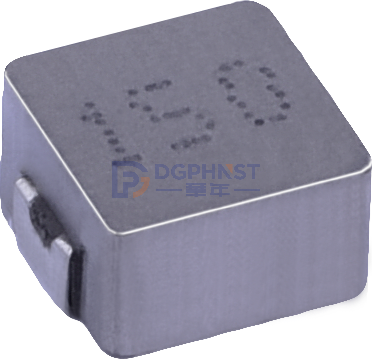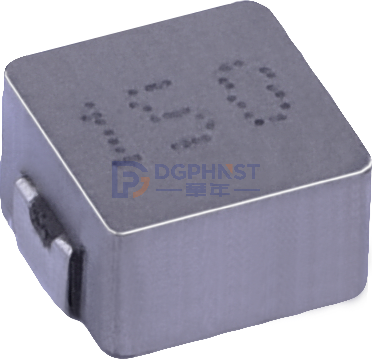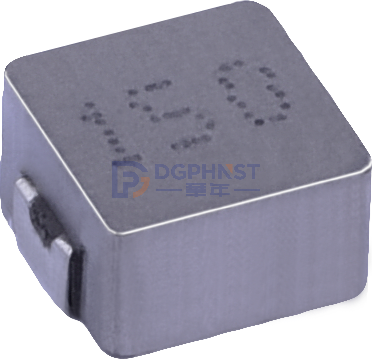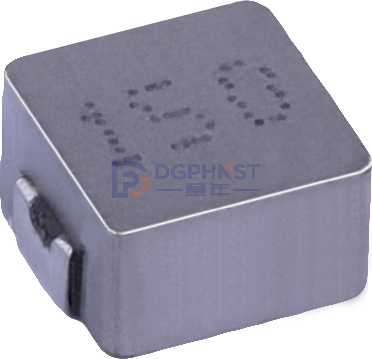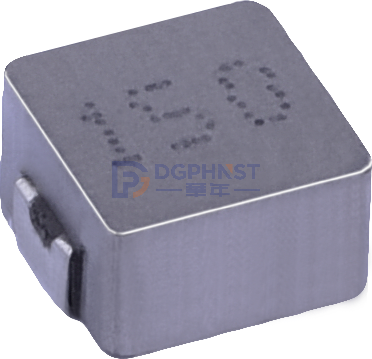In the field of electronic circuits, surge is a common and potentially harmful phenomenon. Surge, in simple terms, refers to the momentary and intense voltage or current fluctuations that occur in a circuit.
There are various reasons for the generation of surges. Firstly, lightning is one of the most common and powerful surge sources in nature. When lightning strikes power lines, communication lines, or nearby ground, it generates powerful electromagnetic pulses, introducing high-energy surge currents and voltages into the circuit. Secondly, sudden changes in the load in the power grid, such as the start or stop of large motors, power system failures, etc., can also cause instantaneous fluctuations in the grid voltage, forming surges. In addition, electrostatic discharge, power switch operation, and other factors may cause surges.
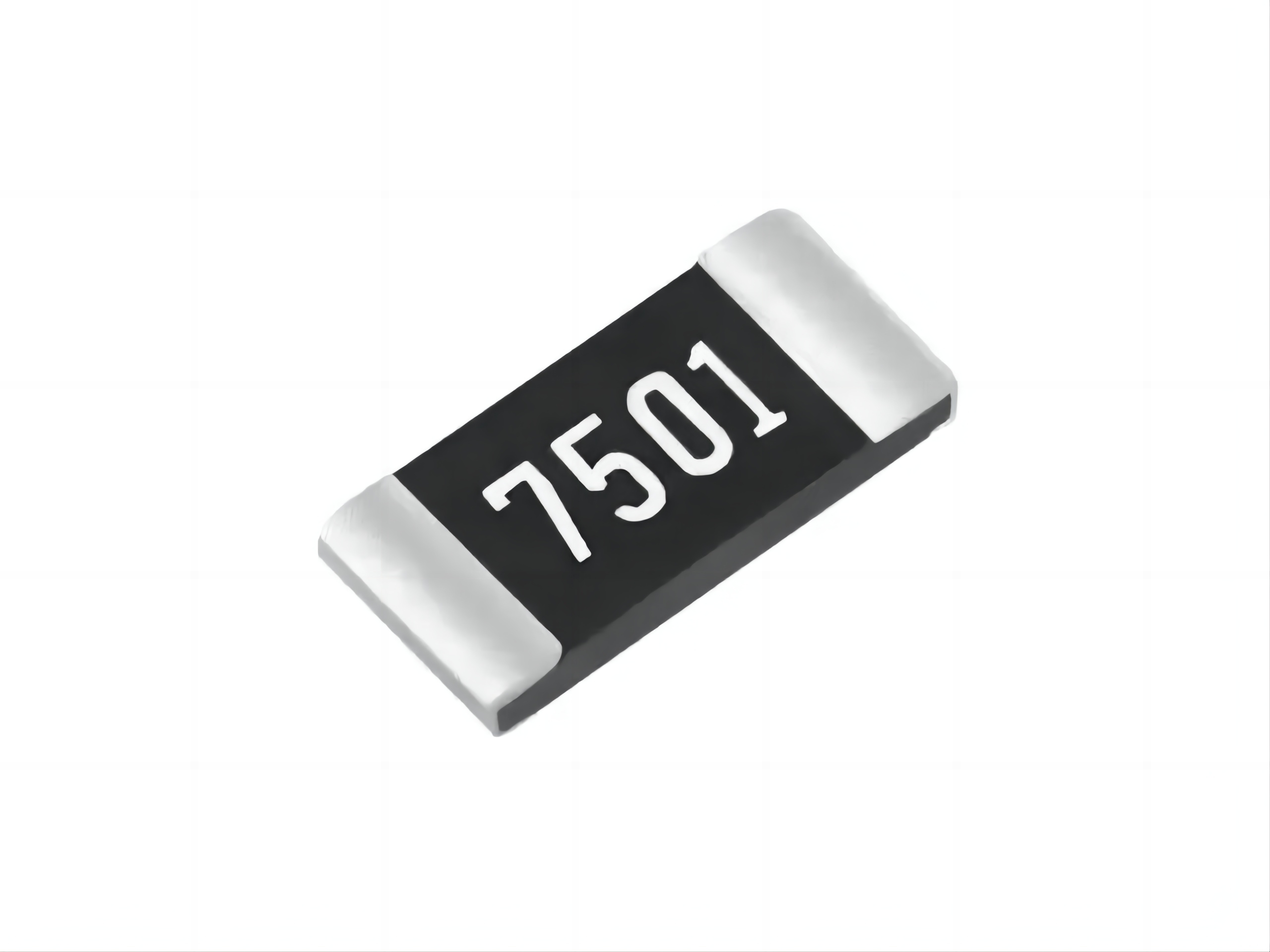
The impact of surges on electronic circuits is enormous and multifaceted. Instantaneous high voltage or current may directly breakdown semiconductor devices in the circuit, such as diodes, transistors, etc., causing permanent damage. This not only causes the circuit to fail immediately, but may also trigger a chain reaction that affects the normal operation of the entire system. For integrated circuits, surges may cause tiny internal circuits to burn out, damaging the functionality of the chip.
In terms of passive components such as capacitors and inductors, surges may cause them to withstand voltages or currents beyond their rated values, resulting in short circuits and leakage of capacitors, saturation of the core of inductors, or burnout of windings. Even if the surge does not immediately cause damage to the components, frequent surge impacts can accelerate the aging of the components, shorten their service life, and reduce the reliability of the circuit.
In order to deal with surge problems in electronic circuits, engineers have taken various protective measures. Among them, the most common is the use of surge protection devices. Transient Voltage Suppressor (TVS) is a commonly used surge protection component that operates in a high impedance state during normal operation. When the voltage exceeds its threshold, it can quickly conduct and clamp the voltage to a safe value, thereby protecting the backend circuit. Gas discharge tubes can withstand large surge currents and are commonly used in power supply lines and other areas that require handling high-energy surges.
Metal oxide varistors (MOVs) have nonlinear volt ampere characteristics, and their resistance rapidly decreases when the voltage increases, thereby absorbing surge energy. In addition to using specialized protective devices, reasonable circuit design can also improve the circuit's resistance to surges. For example, adding filtering capacitors and inductors at the power input can smooth out voltage fluctuations and reduce the impact of surges.
Wiring and grounding are also crucial. Good wiring can reduce parasitic inductance and capacitance, and lower the voltage spikes generated when surges propagate in the circuit. A reasonable grounding design can provide a low impedance path for surge currents, avoiding damage to the circuit caused by surges.
In short, surges are an issue that cannot be ignored in electronic circuits. Understanding the causes and effects of surges, as well as taking effective protective measures, is of great significance for improving the reliability and stability of electronic circuits. By selecting appropriate surge protection devices, optimizing circuit design, and paying attention to wiring and grounding, we can effectively reduce the risks caused by surges and ensure the normal operation of electronic devices. With the continuous development of electronic technology, research and application of surge protection will continue to deepen and improve, providing more reliable protection for more complex and precise electronic systems.


